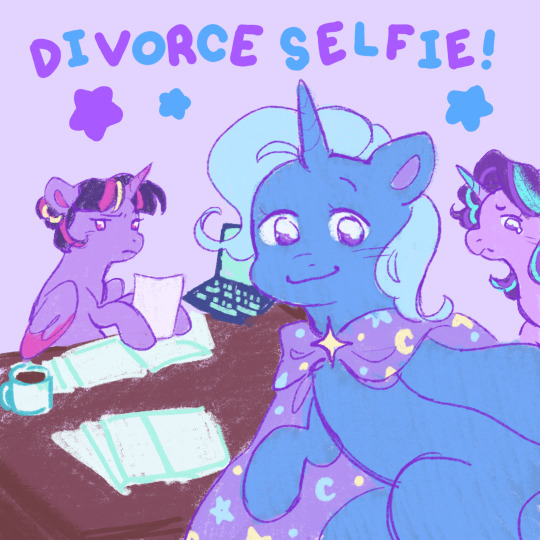#she is cringe fail and transgender what more does a character need
Explore tagged Tumblr posts
Note
hello! startrix art would be very cool :3


i haven’t gotten far enough in the show to see them interact </3 so i’m going off of fan content and vibes sorry if it’s inaccurate lmao
#mlp fim#mlp#my little pony#mlp g4#spargle art#my little pony friendship is magic#twilight sparkle#trixie lulamoon#starlight glimmer#startrix#asks#SORRY YOU ASKED FOR SHIP ART AND I DREW THEM DIVORCING LMAO#not a big starlight fan (hate her design tbh) but i love trixie#she is cringe fail and transgender what more does a character need
740 notes
·
View notes